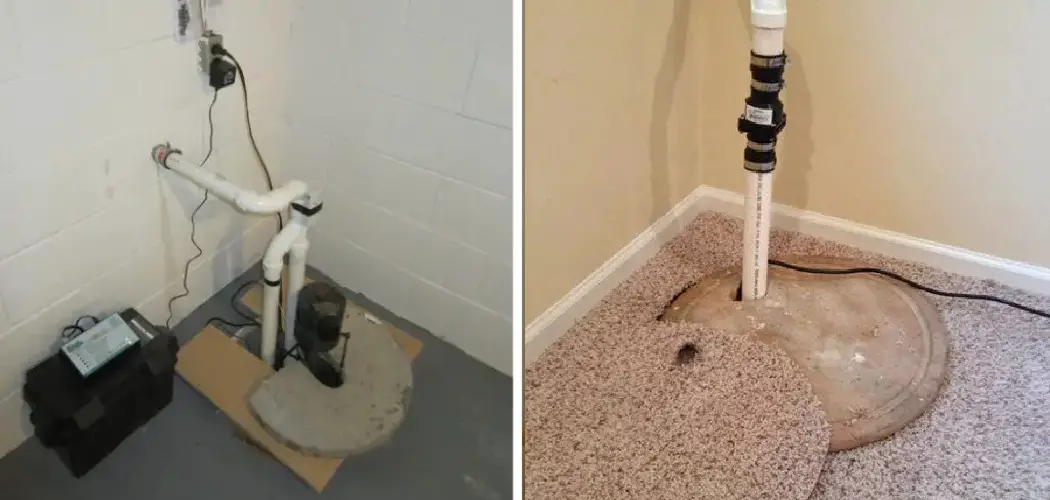A sump pump is essential to keeping your basement dry and safe, but it can be an eyesore. If you have a finished basement, you may find yourself wondering how to hide your sump pump without sacrificing its effectiveness.
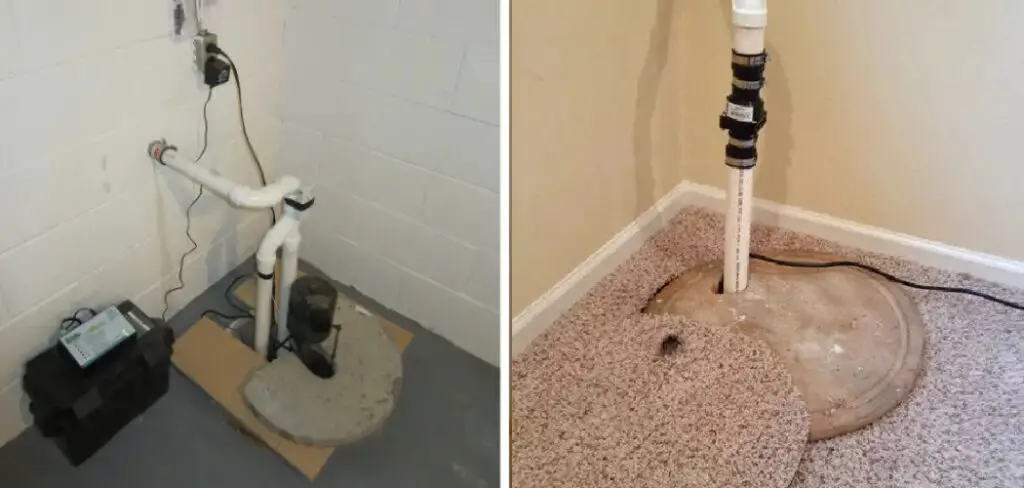
Luckily, there are a few clever methods for concealing your sump pump while still ensuring that it functions properly. Let’s take a look at how to hide sump pump in finished basement.
Can You Hide the Sump Pump in The Finished Basement?
While many homeowners worry about the visual intrusion of a sump pump in their beautifully finished basement, there are ways to make this large appliance less of an eyesore.
One great option is to get creative with camouflaging the sump pump by surrounding it with plants or a room divider screen. In addition, consider focusing instead on improving the aesthetics of the area around the sump pump, such as adding colorful throw rugs, shelves, and framed artwork.
Finally, new models come in smaller sizes that blend in more easily and are tucked away from sight. With a few imagination and DIY tips, you can make sure your finished basement is safe from flooding without compromising any end of its chic decor.
Why Should You Hide the Sump Pump in The Finished Basement?
Keeping a sump pump in the finished basement can create an unsightly and potentially dangerous situation. Ensuring that the sump pump is hidden away can lower the risk of injury and ensure your beautiful basement looks its best. By keeping it safely tucked away, you can make sure it runs efficiently without being seen.
Keeping your finished basement as presentable as possible is essential because this is where you enjoy time with family and friends—it should be a pleasant space to spend time. With minor adjustments, such as hiding the sump pump, your finished basement can maintain all the aesthetic appeal you wanted when you first remodeled, leaving your guests captivated by its charm.
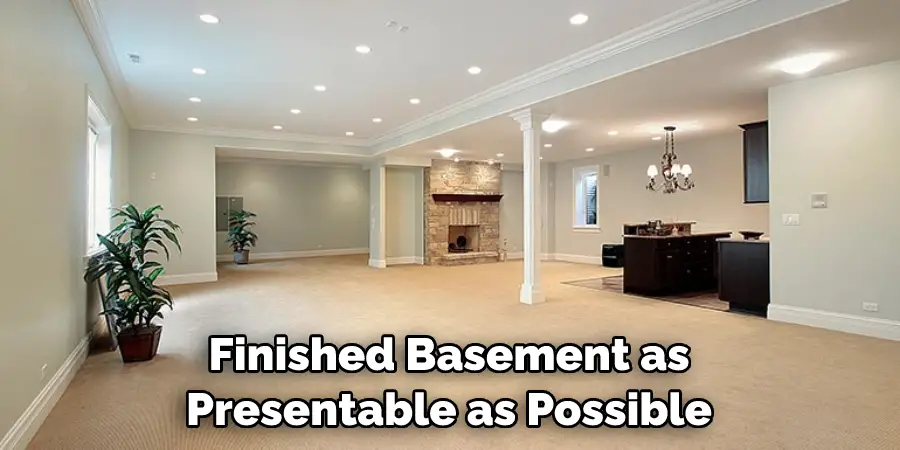
6 Ways to Follow on How to Hide Sump Pump in Finished Basement
1. Enclosing Your Sump Pump with a Cabinet or Cover
The simplest way to conceal your sump pump is to build or buy a cabinet or cover to go over it. You can use pre-made cabinets and covers or build one yourself with materials like wood, plastic, or metal.
This is best if you want something that looks nice and blends into the decor of the room without drawing attention to itself. It also has the added benefit of protecting your sump pump from dust, dirt, and debris while still allowing access for maintenance when needed.
2. Using Decorative Rocks or Gravel Around the Sump Pump
If you’re looking for something more natural-looking, using decorative rocks or gravel around the area where your sump pump is located can be an effective solution. This will help mask the look of your sump pump by making it blend into its surroundings more easily.
Plus, these rocks and gravel will help absorb any water that may leak out from the sump pump so that it doesn’t cause damage to your flooring or furniture nearby. Just make sure that you don’t pile up too much material around it, as this could interfere with its operation.
3. Installing Fake Plants Around the Sump Pump Area
Fake plants are another great option for hiding your sump pump in a finished basement. Not only can they disguise the appearance of your sump pump area, but they also provide an attractive addition to any room in which they are installed. As an added bonus, fake plants are generally low maintenance and require very little upkeep once they have been put into place.

4. Building Built-In Shelves Around the Sump Pump
If you’d like to make your sump pump area even more discreet, consider building built-in shelves around it. This will provide additional storage space while also helping hide the sump pump’s look. Plus, you can customize these shelves however you’d like to match the rest of your room’s decor and make it even more aesthetically pleasing.
5. Using Wall Art or Tapestries
If shelves aren’t quite what you had in mind, consider using wall art or tapestries to cover up the sump pump area. This can be a great way to add some color and style to your room while also helping to disguise the sump pump. Plus, these pieces are generally easy to install and remove for maintenance.
6. Creating a Seamless Wall Around the Sump Pump
If you’d like an even more discreet option, consider creating a false wall around the sump pump. This can be done by either installing drywall or other materials directly over the existing walls in your basement or by building an entirely new wall from scratch. Either way, this will create the illusion that there is nothing behind the wall and help to hide your sump pump from view effectively.
That’s it! You’ve now learned six different ways how to hide sump pump in finished basement. With these tips, you should now be able to find a solution that works best for your home and hides the sump pump while still allowing it to function properly. Good luck!
5 Considerations Things When You Need to Hide Sump Pump in a Finished Basement
1. Location
The most important factor is location when considering where to hide your sump pump. The sump pump needs to be close enough to the edge of your basement so that it can easily discharge water, but it also needs to be out of the way so that it doesn’t take up too much space.
2. Size
Another important consideration is size. Sump pumps come in a variety of sizes, so you’ll need to choose one that is appropriately sized for your basement. If you have a small basement, you may be able to get away with a smaller sump pump, but if you have a large basement, you’ll need a larger sump pump.
3. Power Source
Another consideration is the power source. Sump pumps can be powered by electricity or by batteries. If you live in an area prone to power outages, you may want to consider a battery-powered sump pump so that it can still operate during a power outage.
4. Installation
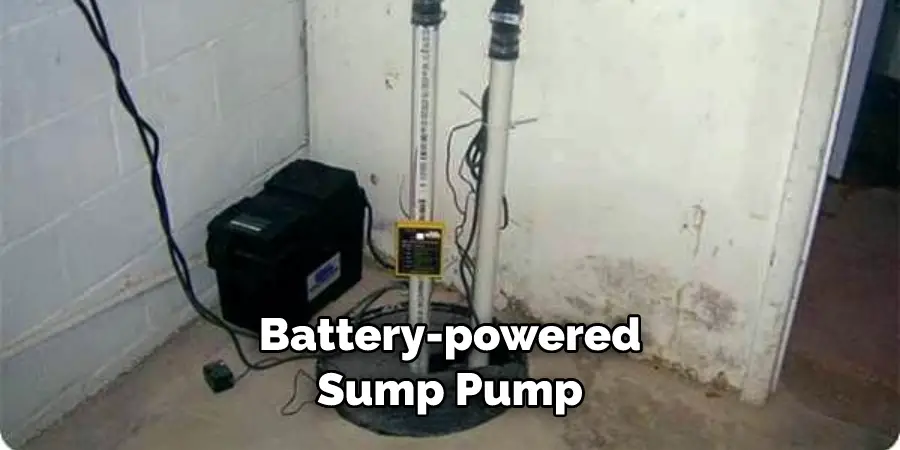
Installing a sump pump can be a relatively simple process, but there are a few things you’ll need to keep in mind. First, you’ll need to ensure that the area where you’re installing the sump pump is level so that the pump can discharge water properly. Second, you’ll need to connect the sump pump to a drainage pipe so that the water will be able to drain away from your home properly.
5. Maintenance
Once your sump pump is installed, you’ll need to perform regular maintenance to ensure it continues to operate properly. You should clean the filter on your sump pump at least once per year and check the float switch regularly to ensure it works properly.
Benefits of Hiding Sump Pump in Finished Basement
Adding a sump pump to your finished basement can protect it from more than just water damage. Not only does it reduce the chance of floods, but installing a sump pump hidden away will also help you maintain the pristine aesthetic of your basement.
Keeping the sump pump out of sight won’t interfere with other appliances and furniture, allowing you to make full use of the available space without sacrificing functionality. When working with contractors about installation, take into account all angles for visibility when looking for an appropriate spot around your basement so your beautiful design isn’t ruined by an outdoor-like look.
Some Common Mistakes People Make When Trying to Hide Sump Pump in Finished Basement
Many homeowners try to hide their sump pumps in finished basements but are often unsuccessful due to a lack of knowledge about plumbing ventilation. A common mistake is not properly ventilating the unit, which can lead to trapped odors and stagnant air.
Another mistake is not providing the proper access for servicing and maintenance, which can cause problems in the future that may require costly repairs. Lastly, improper installation can compromise the efficiency of the pump and cause it to fail due to clogs or blocked lines. Learning more about effective sump pump placement and proper installation will ensure optimum performance from your basement system for years!
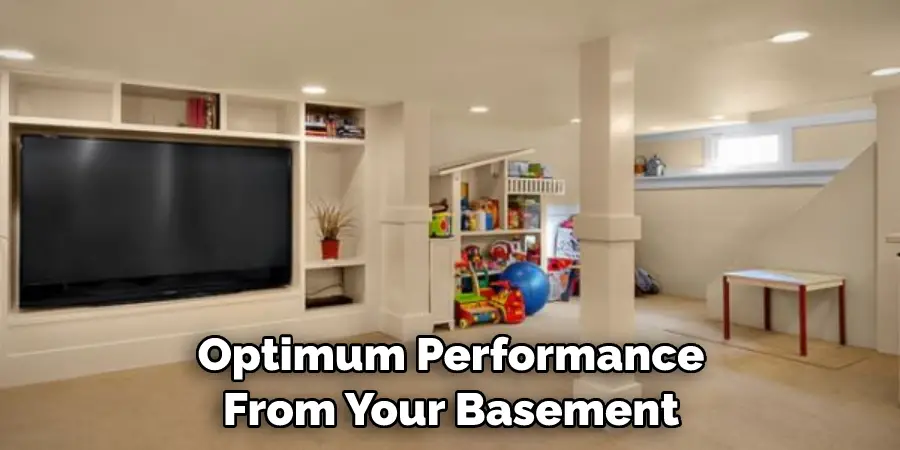
Conclusion
There are plenty of creative ways to hide your sump pump in a finished basement without compromising its functionality. Building or buying cabinets and covers for it is one popular choice; using decorative rocks or gravel around its base is another, and installing fake plants near it adds an extra touch of beauty while still providing effective coverage from view.
Whichever method you choose, make sure that you leave enough room for proper ventilation so that your sump pump continues to work correctly! Thanks for reading our post about how to hide sump pump in finished basement.

